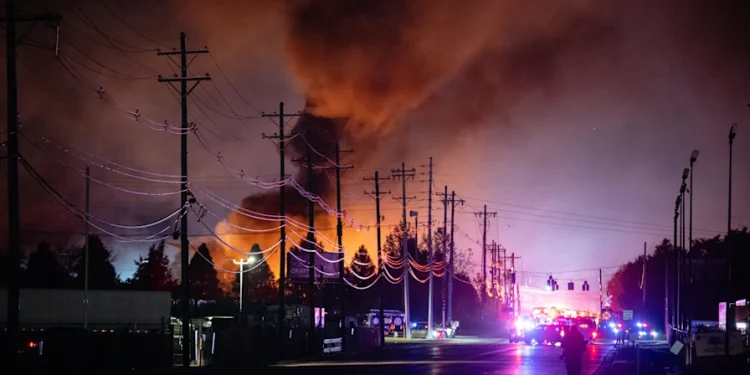A brief fire aboard a wide-body UPS cargo aircraft early Thursday forced a temporary shutdown of the company’s Worldport hub in Louisville, Kentucky—the single most critical node in its global air network.
For two tense hours, outbound sorting and flight rotations were halted while emergency crews contained the blaze. The aircraft, a Boeing 767 freighter bound for Ontario, California, was evacuated without injury, but the disruption rippled across UPS’s overnight network.
Operations resumed before dawn, yet the incident served as a blunt reminder of how much modern logistics depends on a handful of mega-hubs. Worldport handles roughly 400 000 packages an hour at peak and orchestrates more than 150 aircraft movements nightly. A pause of even one hour there can delay tens of thousands of next-day deliveries across North America and beyond.
“It’s a controlled chaos that only works because every piece moves exactly when it should,” said a veteran UPS employee who asked not to be named. “When one plane catches fire, the whole rhythm changes.”
UPS said safety protocols worked as designed and that contingency flights were launched from secondary hubs in Philadelphia and Dallas to absorb the backlog. Analysts estimate the impact on total throughput was modest—no more than a day of lost capacity—but the episode reignited debate about concentration risk in integrator networks.
Competitors FedEx and DHL have faced similar scrutiny as weather events, strikes, and power outages test the resilience of centralized sorting models. For UPS, the Louisville fire may be only a footnote in financial terms, but operationally it underscores an uncomfortable truth: global speed has a single point of failure.






















